My overall goal is to document memories of my daily life, my challenge is to do so in a way that captures the mood and atmosphere successfully. I studied fine art and art history in high school and college, and those lessons still greatly influence how I capture my everyday life and family. Having a background in fine art taught me to be aware of light and the importance of observing light.
Read more: 5 Ways to Elevate your Photography with Atmosphere
-
No.01Observe the different types of light
To be able to create a mood within an image using light, you must study and understand how light behaves. An awareness of light and shadow, how it moves and how it forms shapes on objects and subjects, is essential to making images that aren’t flat. Before you pick up your camera take time to pay attention to light in your everyday life.
-
No.02Awareness of subject to ground
Subject to ground is the best, but most over looked, tool in creating a pleasing, easy to read image. And it goes hand and hand with observing light and shadow. When you pay attention the relationship between your subject/object and its background you should be looking for contrast to create dimensions.
Your subject, or object, should be lighter than your background, or vise versa. Artists that paint and draw understand for the an image to be understand and easily legible, the subject and ground need to be opposite to create shape. Study famous Renaissance artist, like DaVinci, Raphael, or Michelangelo to see how they achieved subject to ground successfully.
-
No.03Intentional Composition
Position yourself in the best place to tell the story. Using scale in your composition can evoke a sense of being small in a big world. Try coming in close and focusing on the details to create a sense of closer connection. Change up your perspectives. Come from above and capture your subject below.
You can set the mood and atmosphere by using surrounding elements to frame your subjects as well. Shooting through, into another room the viewer could feel a sense of nostalgia looking in on a private moment between mother and baby. Or choose to shoot through bushes and trees, framing the scene of children playing in their own world.
-
No.04Unmounted and tilt shift lens
Very early on in my journey I have been drawn to painterly effects in images. Unmounting my lens from my camera, what is commonly knowing as freelensing, is my favorite way to create an artistic look.
When I want to achieve dreamy & painterly atmosphere in my images, or session, I use the techniques I have learned that create light leaks, blur, and slices of focus areas. I love the mysterious element it adds to my storytelling. As well, the out of focus parts can eliminate distractions and aid in subject to ground success!
Read more: 8 Perfect Times to Use a Tilt Shift Lens
-
No.05Anticipating Emotion & Timing
Being able to convey raw emotion in photography is a tricky thing to master. Learning your camera, studying light, learning different techniques to manipulate light are all more or less in your control. Capturing the real life emotion and connection in your everyday life is a waiting game. Observing and anticipating body language as well as facial expressions takes lot of practice.
The idea is not to over shoot but be aware and connected to event you are wanting to capture. You know you have successfully captured a moment when you can ask yourself “Did all elements of light, location and emotion come together in perfect balance to tell a story in one single frame?”
Discover more tips to elevate your imagery:
– 6 Ways to Enhance Emotion in Your Photography


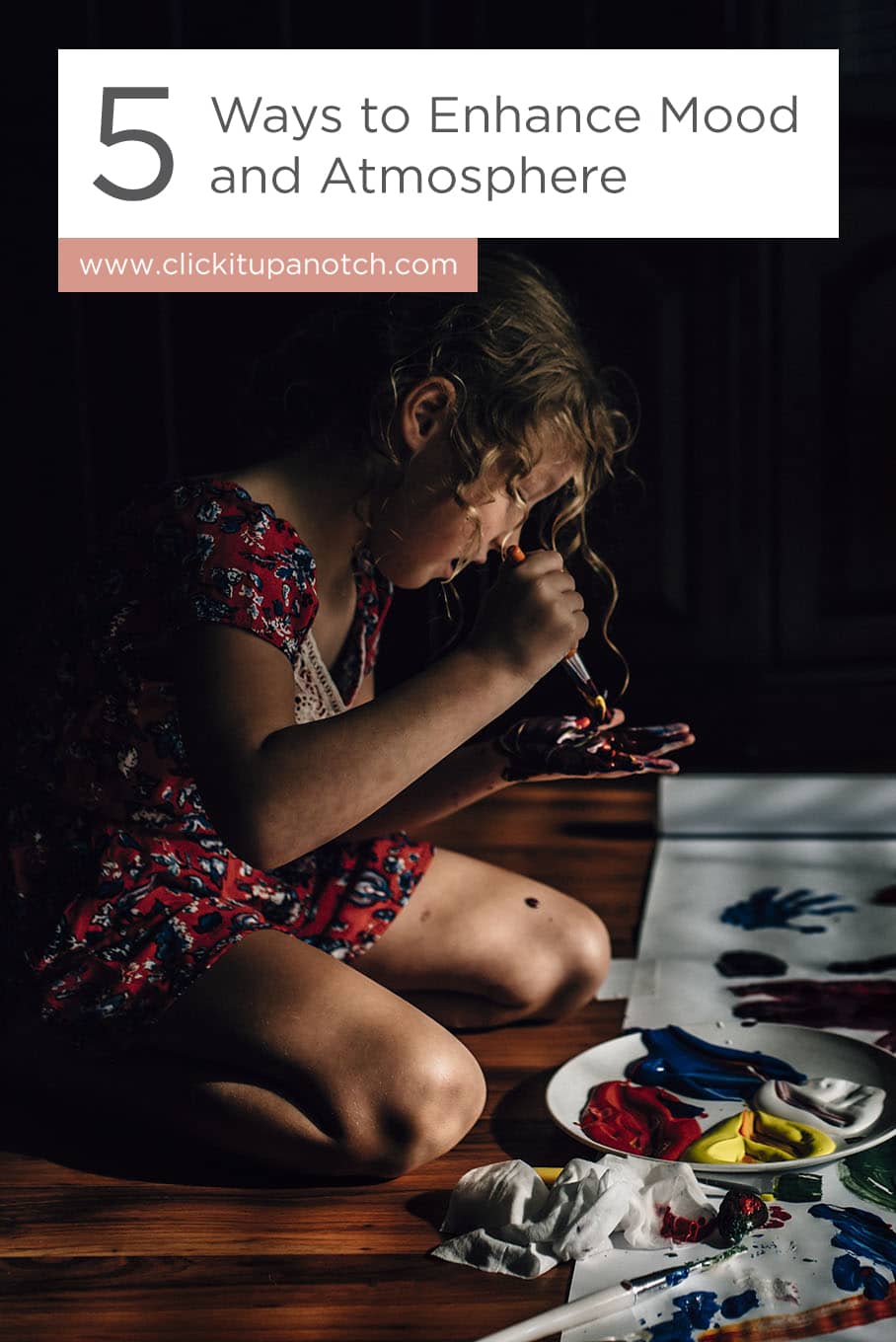
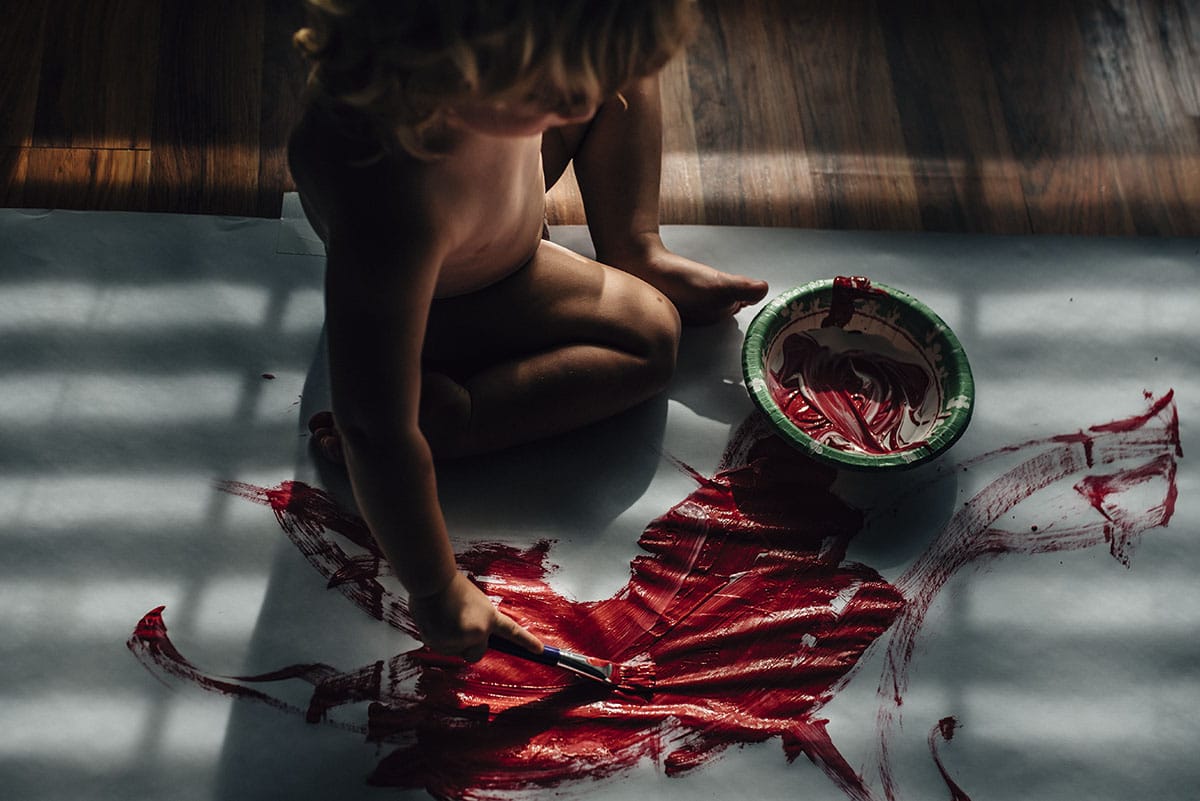
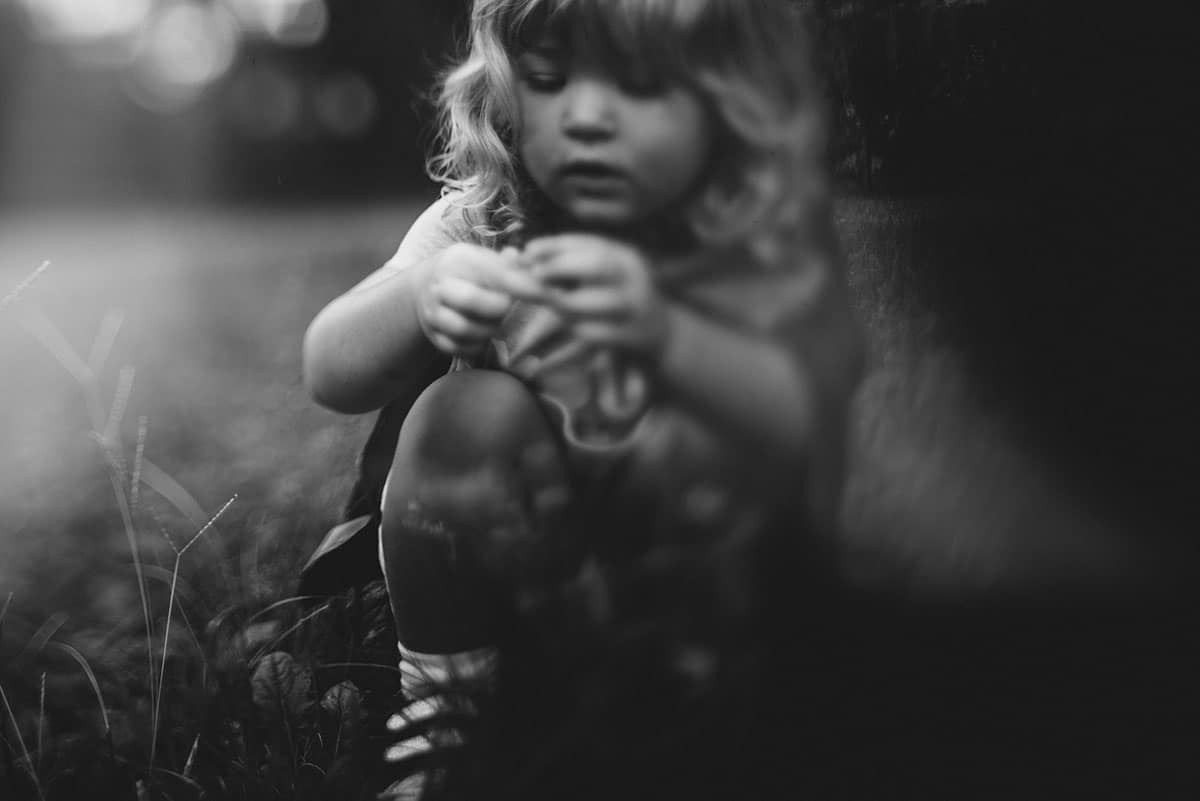
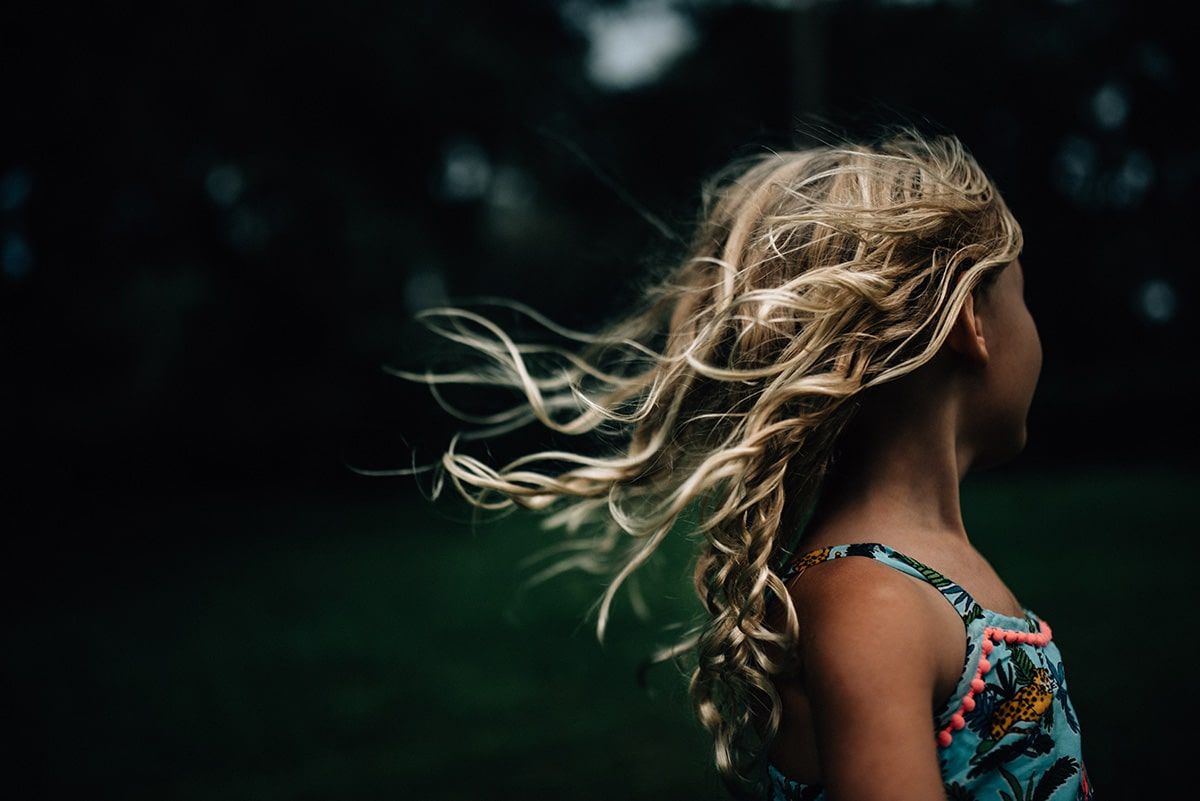
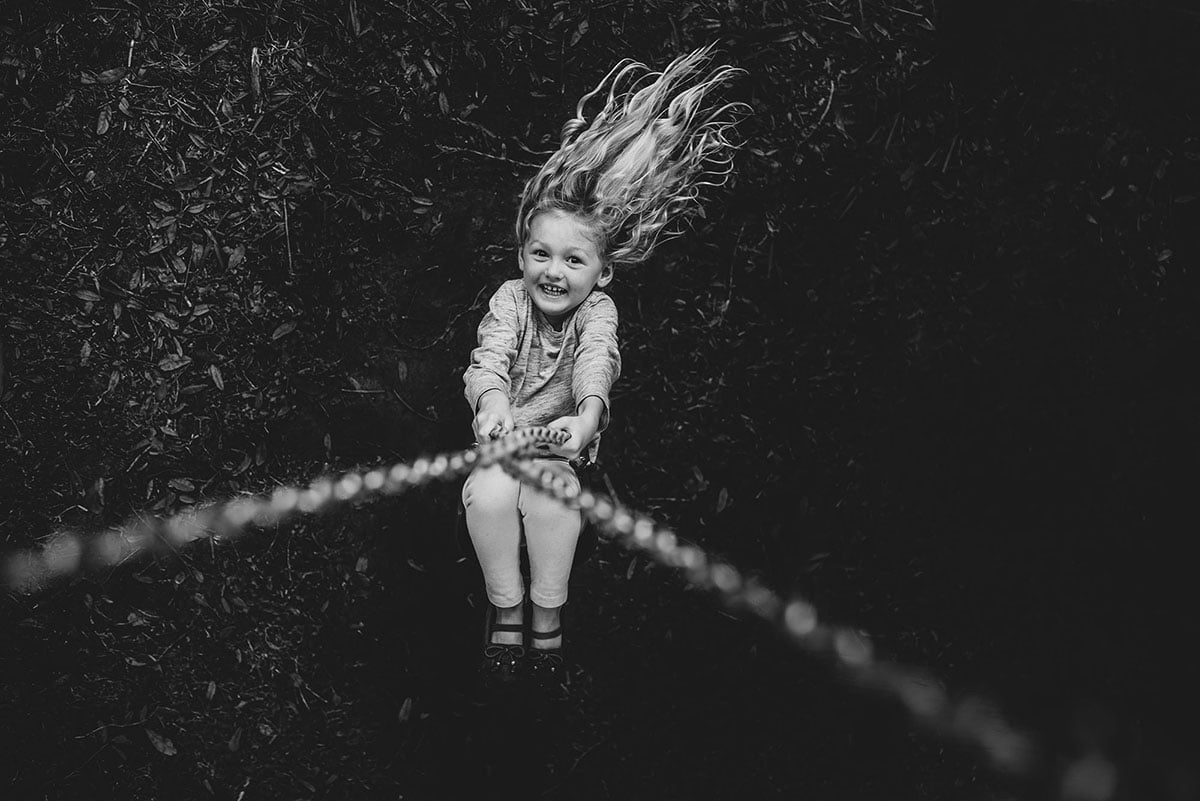
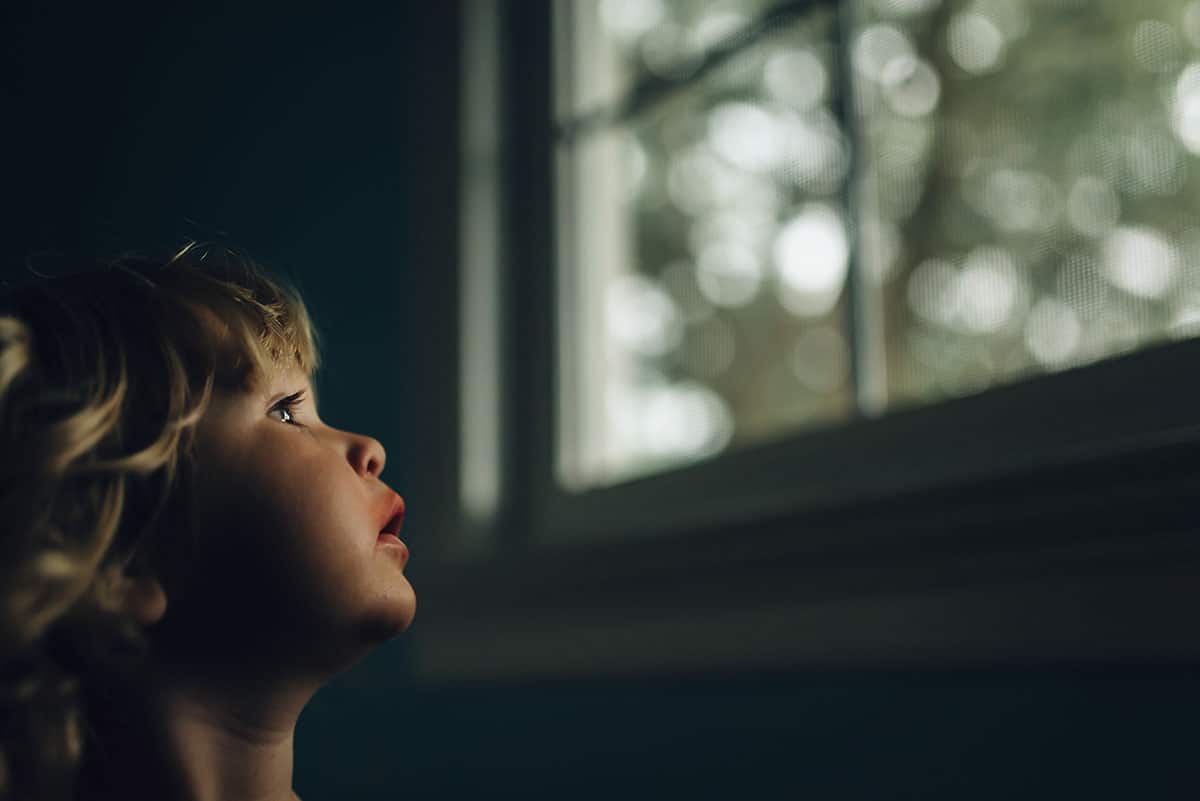
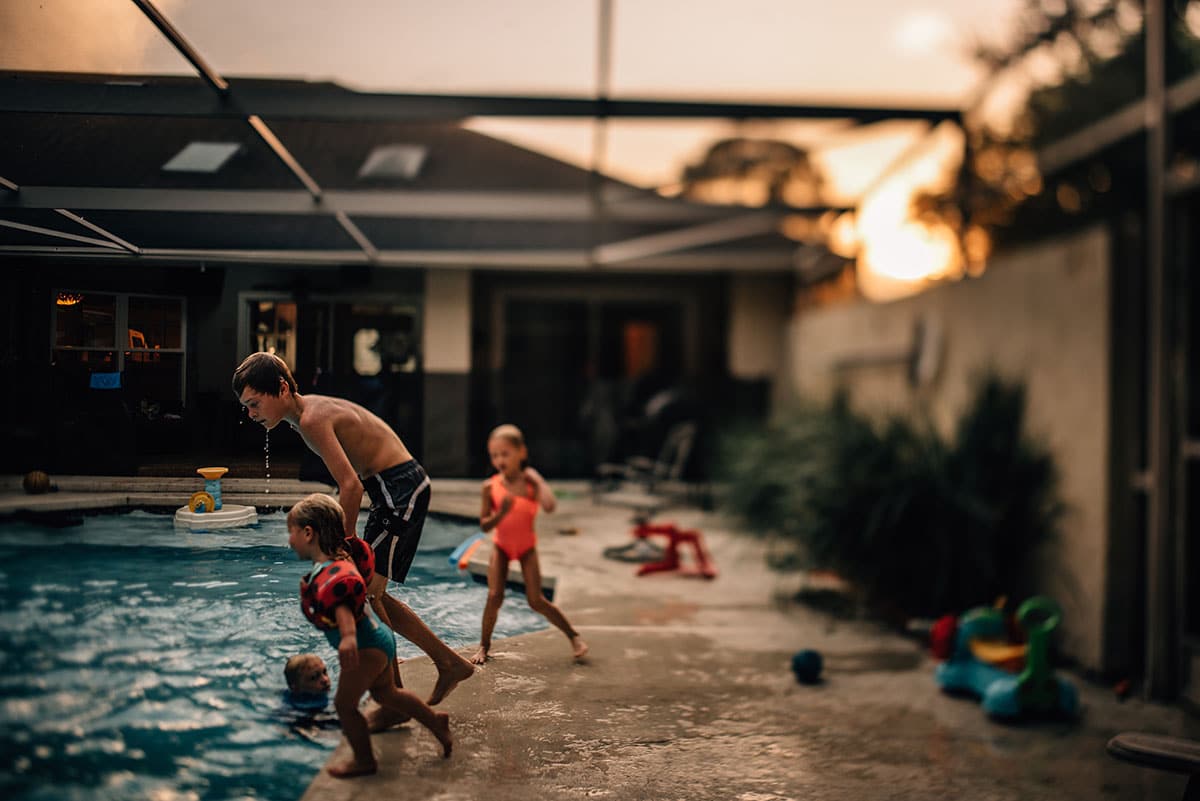

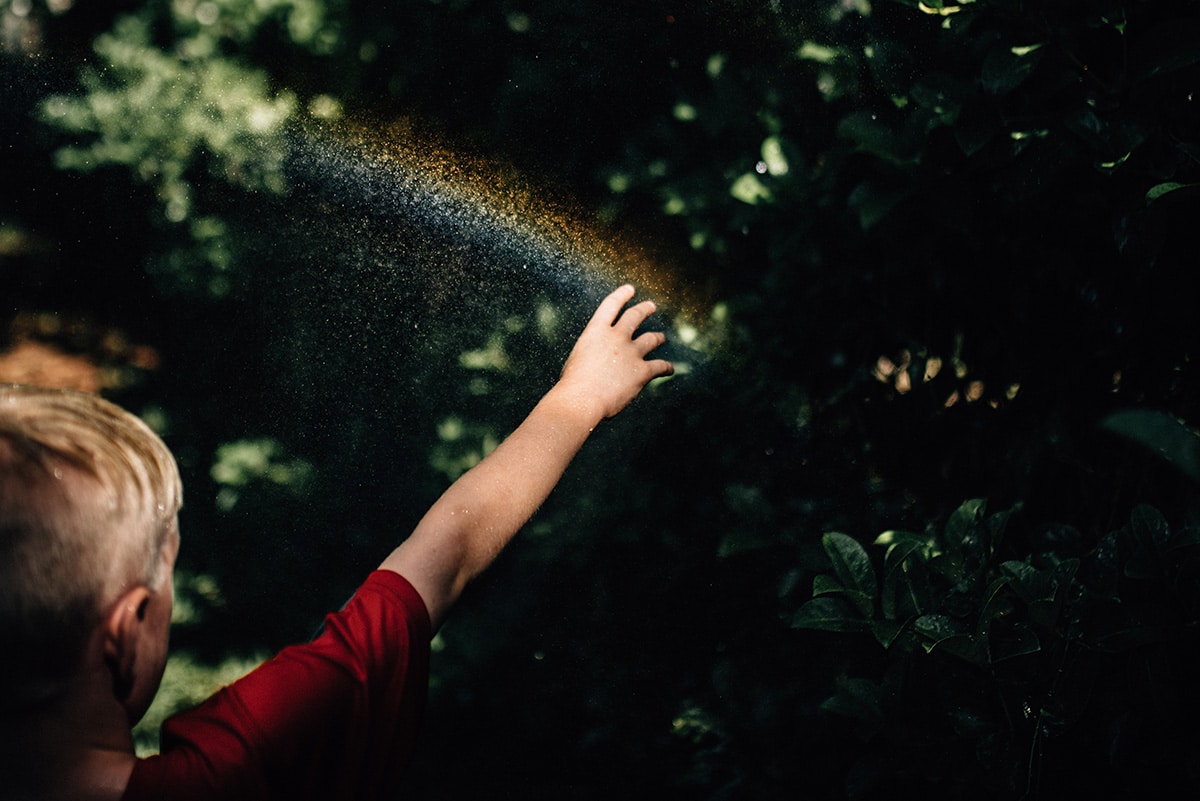
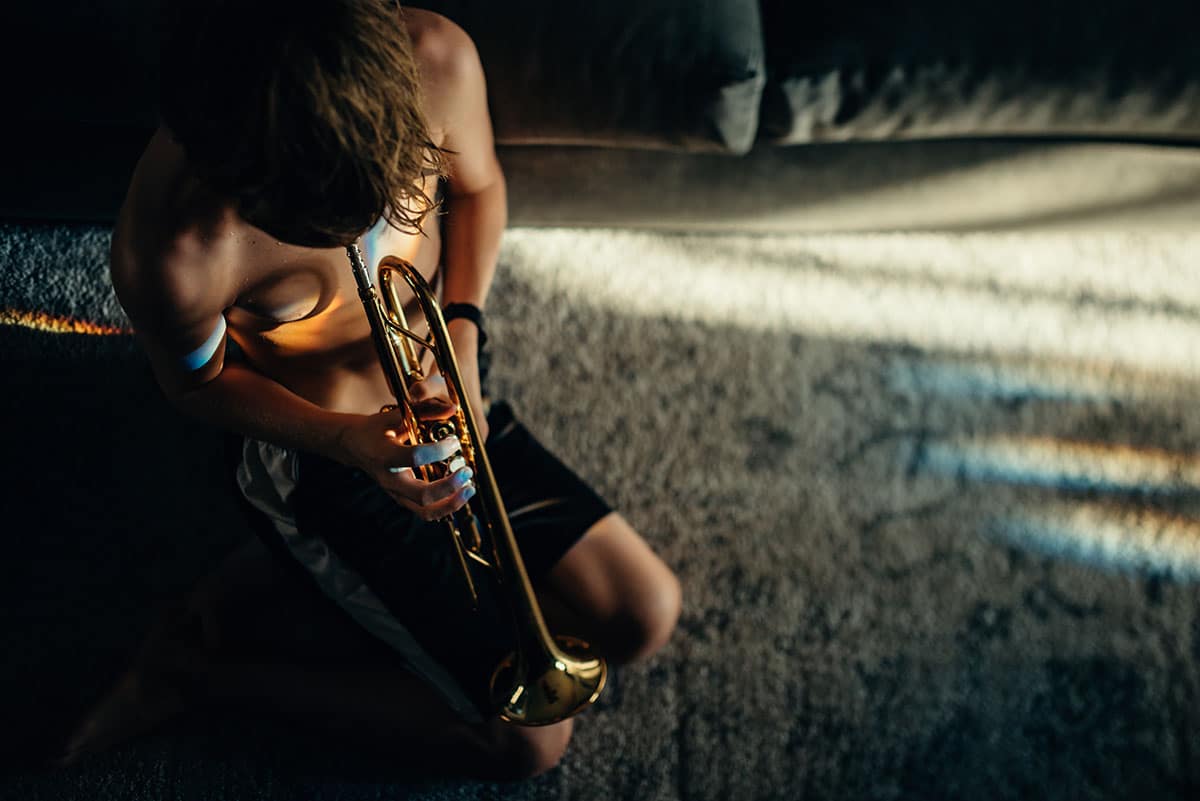






I love that you point out the fact that your subject should be lighter than your background and vice versa. I’ve come to realize that this makes it harder to photograph black people (I am also black) as most settings in nature tend to be darker. What are your tips for this other than sticking to shooting around buildings and with backdrops in a studio setting?